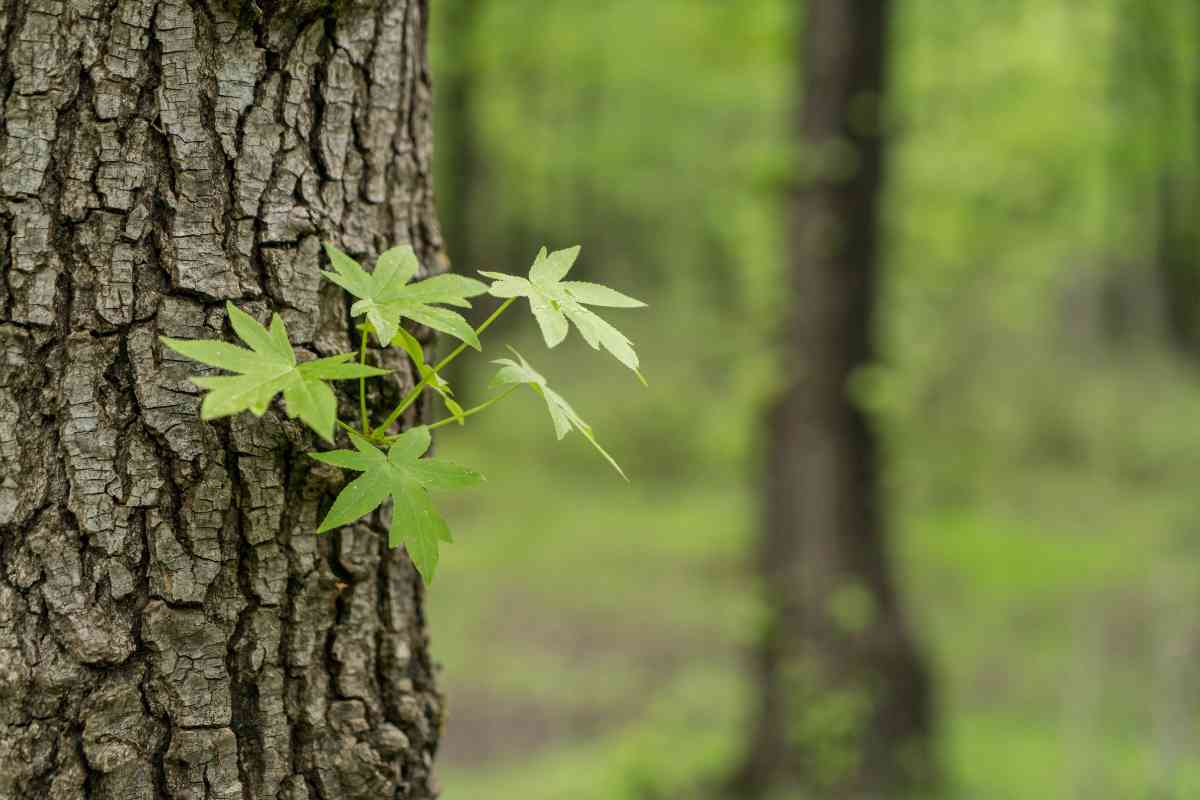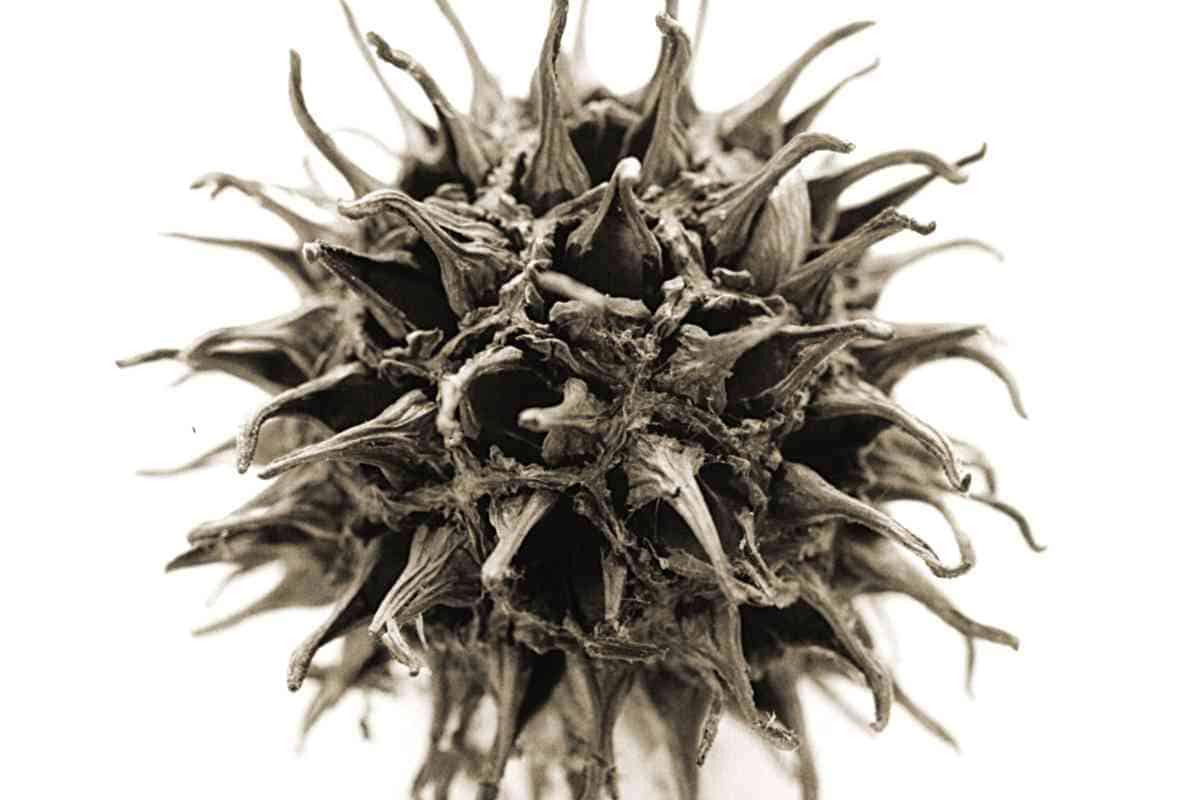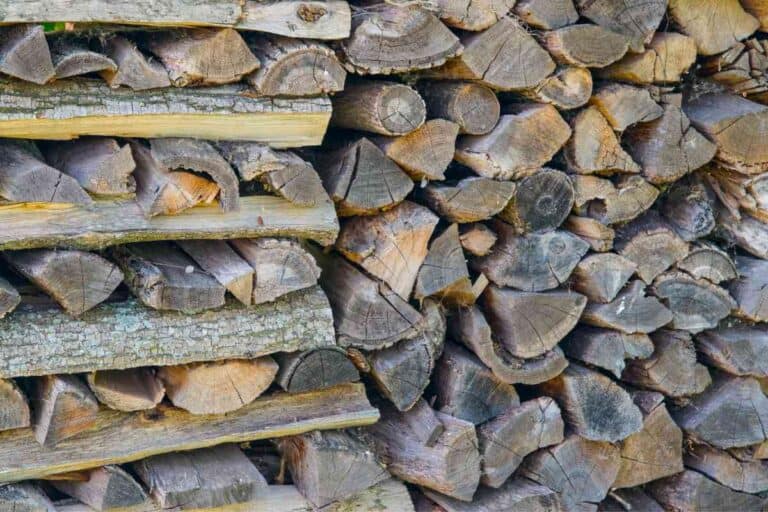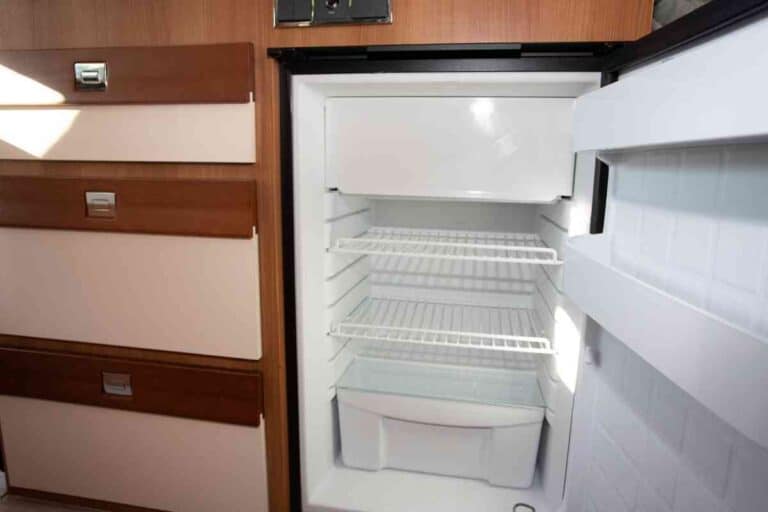Can You Use Sweet Gum For Firewood? Answered!
The sweet gum tree is an appealing tree that is a native tree in North America. But is it good for firewood? We have the answers.

Is Sweet Gum Good For Firewood?
Yes, sweet gum wood is a good source of firewood. The wood can shield you from the cold, does not take very long to season, and its dried wood does not emit a lot of smoke, making it a reliable wood. However, for a better fire experience, consider mixing it with other firewood from hardwood.
We have been in the research and writing industry for many years, and we have constantly supplied our readers with highly credible content. We are keen to research topics for you in order to help you make an informed decision, and our past projects are a testimony to this.
We draw our conclusions from both theoretical research and the testing of the products first-hand. Therefore, any time you visit our website, be sure of getting authoritative answers.
Is Sweet Gum Wood Good for Firewood?
Are you planning an outdoor adventure with friends? Or are you planning to stock up on firewood to prepare for the winter season? Whichever the case, finding the right firewood to fuel your fire goes a long way in ensuring that you keep warm more efficiently. This will ensure that you meet your objectives and you realize an optimal experience.
Native to Central and North America, sweet gum is widely available throughout the eastern parts of the US. The tree is renowned for its beautiful and colorful foliage, particularly in the fall months.
I have used the sweet gum for firewood for five years now, and I can share my first-hand experience. This article explores the uses of sweet gum as firewood in the US.
Is Sweet Gum Wood Good for Firewood?
Yes, although not the most common firewood option, you can burn sweet gumwood to warm your home. As a matter of fact, you can rely on the sweet gum firewood in order to warm yourself through winter.
Usually, the first thing that comes to mind when selecting firewood for your woodstove or fire pit is the amount of heat it can produce. Sweet gum is a hardwood with a BTU rating of 20.6, which is quite okay since it is higher than the burning average.
Overall, the amount of heat produced is enough to shield you from the cold outside. It also works best during shoulder seasons when the temperatures are cool or mild.
The heat burns more quickly and long enough than most firewood and it can be ideal for an evening fire as you bond with your family and friends. However, if you want to boost the burning time and get better results, mixing it with woods like oak may be a wise decision. After splitting, sweet gum lacks coaling qualities that help sustain a fire longer. Therefore, mixing it with other hardwoods is more likely to give you better results and will help you to retain your fire for a longer time.
The only concern is the work involved in splitting the wood into small sizes. This is because the grain of this tree has interwoven fibers that become warped when it dries.
Fortunately, you can make this process easy by splitting the tree while it is still green. The other tip is to use a power splitter or splitting axe and focus more on the edges.

In order to get better quality heat, you need to season the tree and reduce its moisture content by 20%. Seasoning sweet gum can take up to one year before it is ready to burn. It is advised to split the wood into usable sizes first while still green before seasoning.
After splitting, stack the wood in a row and in an open area to allow adequate airflow for maximum drying. Another notable characteristic of this hardwood tree species is that it shrinks at approximately 15% when fully dried, and bear this in mind when planning on your stock.
If you’ve allowed enough drying time, you won’t need to worry much about smoke emissions. Better yet, well-seasoned sweet gum wood is less likely to have high creosote output because of the low moisture content.
When the wood starts burning, it may produce a few sparks, just like other hardwood options. Unseasoned sweet gum produces large sparks that can create fire hazards.
Therefore, it is advisable to use properly seasoned sweet gum wood and install a screen glass or door to protect you from the sparks after lighting the fire.
Another advantage of sweet gum as firewood is that it is easy to start a fire with. This is due to the high resin content, although this may not be very good for your stoves and fireplaces.
In terms of smell, Sweet gum lacks a distinct smell and it may not be the most suitable option for smoking meats. Nonetheless, you can still use it to smoke poultry. Green or unseasoned sweet gum can produce a musty smell.
Is Sweet Gum Wood Good for Anything?
Yes, sweet gum is good if you want to get heat for a long time and have a reliable amount of fire. Although it can be a bit daunting to split the wood, sweet gum is capable of generating intense heat due to its heat output of 20.6 million BTUs per cord.
With this firewood, you can also smoke food like poultry, though it may not do so well for meat and cheese.
Also, sweet gum wood is useful for making furniture, plywood, doors, electronic cabinets, pallets, crates, and more. It has an attractive nature and responds well to glues, stains, and finishes, giving both large and tiny homes an attractive look. Furthermore, Sweet gum wood is easy to shape and paint and is highly valuable in the lumber industry. However, the workability is quite low since the sweet gum grain interlocks.
Other than firewood and commercial uses, sweet gum trees are also used for landscaping. They are often planted in gardens, parks, and side streets. The tree is also known for its glossy and deep green leaves in summer and spectacular foliage in fall. In this season, it can change from green to orange to yellow and red.
However, caution should be taken when planting sweet gum trees in the streets because their spiked fruits can lead to injuries if not collected.
Sweet gum derives its medicinal properties from the sap found on the outer bark. Also known as storax, the resinous sap has antifungal, antibacterial, and antimicrobial properties that can be used to treat conditions like coughs, diarrhea, dysentery, ulcers, and topical herpes.
The sweet gum sap can also relieve rheumatic pain and acts as an effective treatment for bed sores and skin problems.
Is Sweet Gum a Hardwood?
Yes, sweet gum is a hardwood, and one of the main sources of hardwood in the US. According to some findings, it originates from Liquidambar Styraciflua, which is regarded as one of the most common hardwoods prevalent in the southeastern US.
This tree species grows naturally in the lowlands of Connecticut near Florida. It can also be found in other areas such as Eastern Texas, West Illinois, and Southern Missouri.
Compared to most hardwoods, sweet gum is stiffer and has a lot of strength. This makes it very key in the manufacturing industry. While it may be difficult to split, its hardwood nature also offers more reliable heating, cooking, and smoking results than its softwood counterparts.
Key Takeaways
- Sweet gum can generate large amounts of heat, making it an ideal firewood option if you are willing to put in the work.
- Seasoned sweet gum does not produce high smoke or creosote.
- This tree originates from a hardwood species and is one of the most used hardwoods in the US.
- It takes up to 12 months to fully season sweet gum before using it as firewood.
- Sweet gum is safe to burn in a firepit and in a fireplace. You just need to use a glass door or screen to protect you from pops and sparks.






